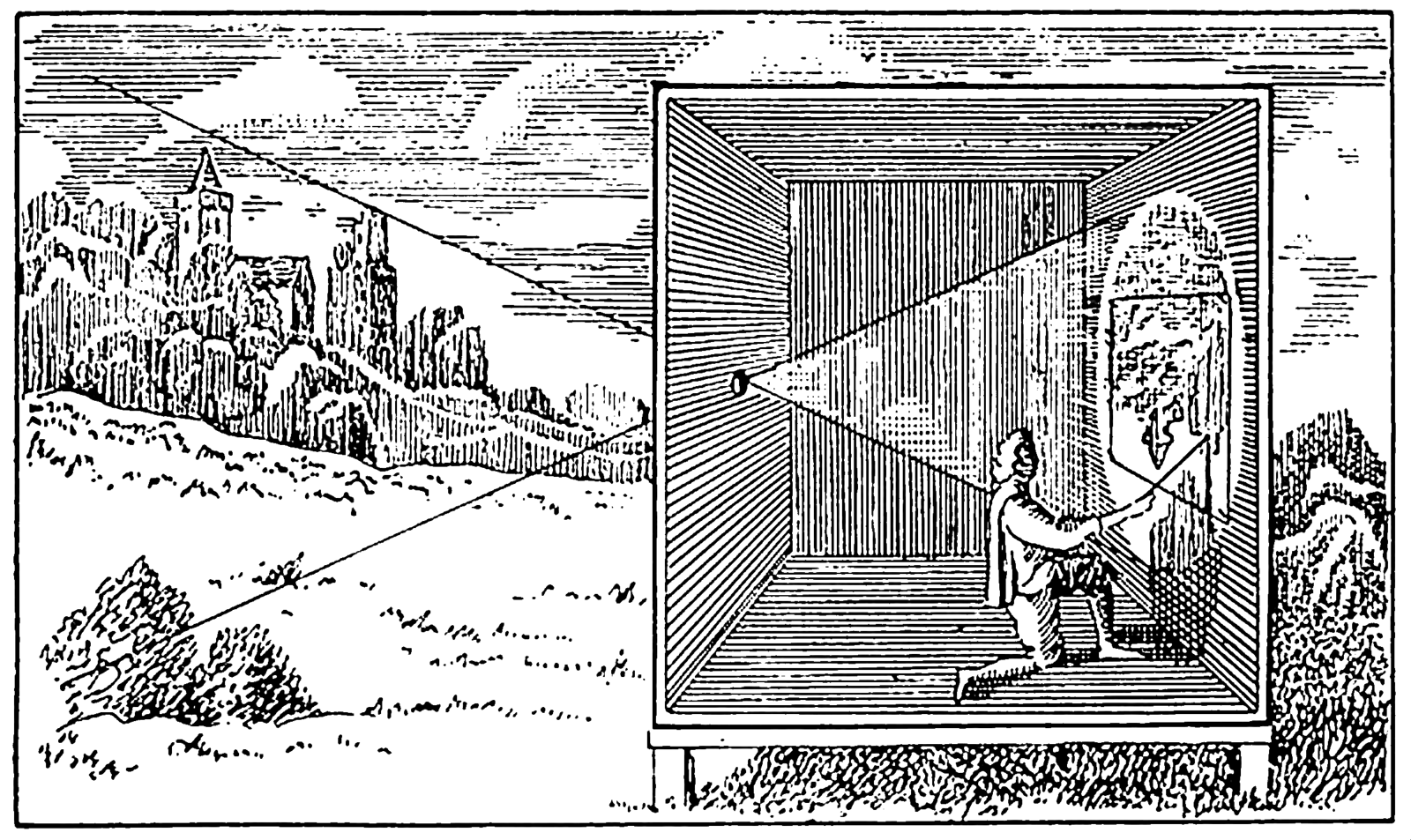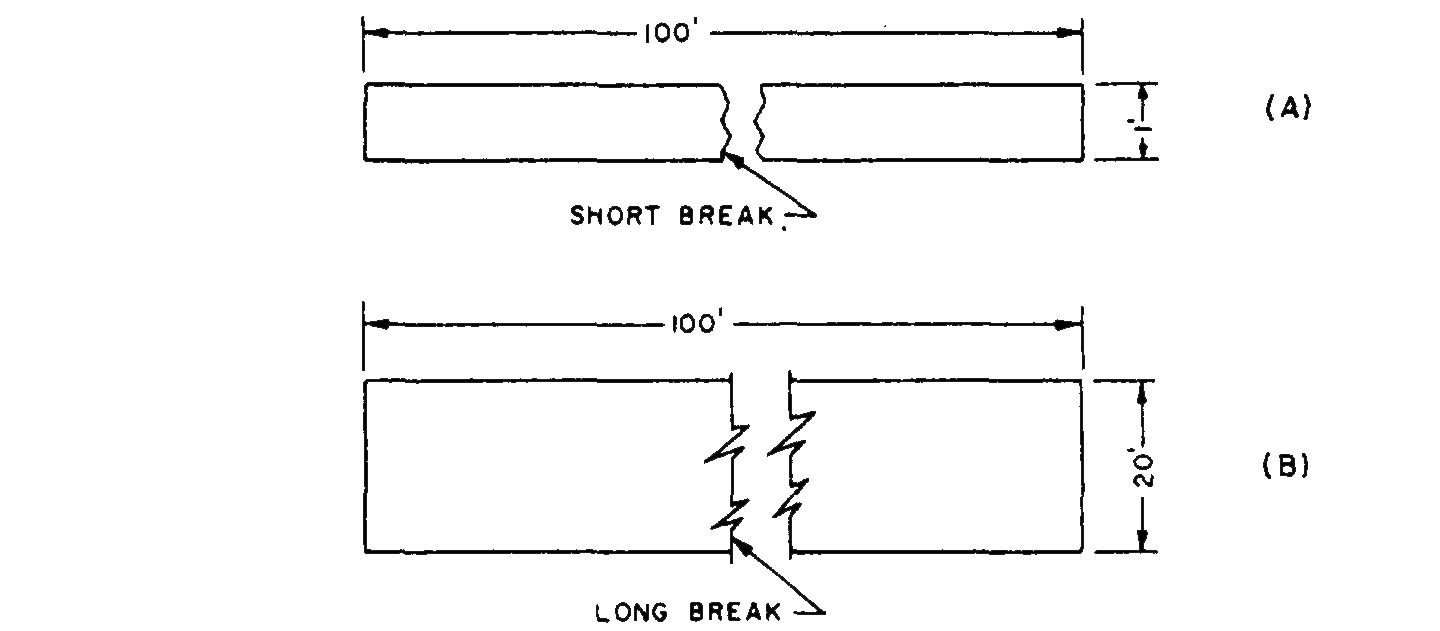Architecture and Representation is a new lecture and publication series from Het Nieuwe Instituut, The Berlage, and e-flux Architecture, featuring contributions by Pier Vittorio Aureli, Jess Bier, Mark Cousins, Peggy Deamer, Mpho Matsipa, Joan Ockman, Hilary Sample, Samuel Stewart-Halevy, and more.
Redistricting is a necessary, self-regulatory process for representative democracies. Following its national census every ten years, the United States, for instance, redraws legislative boundaries to reflect demographic shifts, and in so doing determines the effective value of one’s vote for the decade to come. Yet without regulating who can rework the lines and for what purposes, cartographic power can undermine democratic principles and ideals such as fairness, justice, and balance. The representational integrity of certain communities can be carved up and dismembered, while concentrated and fortified for others. The rules of this game are clear though: the plan, forever in flux, is never innocent, nor can it be neutral. For as long as population is distributed unevenly and governed by structures of representation, democracy will be an architectural project under construction. And by learning what it takes to draw and redraw lines, we might begin to attenuate infrastructures of political disenfranchisement and give voice to those who have long been silenced.
If politics takes place under the weight of the plan, it is supported by the land. Territorial architectures have a tendency to crystallize into frameworks and principles of governance. Take the polder, the instrument by which the Netherlands has “reclaimed” land from the sea to extend their domain for nearly half a millennium while instituting a precarious form of life with the necessity for a utilitarian model of politics. Thus in the late twentieth century, the “polder model” allowed Dutch politicians to seek consensus beyond the conflicting interests of labor, employers, and an incipient neoliberal policy. With this morphological relation between territory and governance in mind, debates around competing models of urban development such as densification, sprawl, or exurbanization can be engaged with in terms of their political dispositions. Between the contours of our environment lies a playbook for political action, resistance, and intervention waiting to be read.
These two examples demonstrate the curious relation between architecture and representation. While representation forms the very basis of architecture, and serves as a perennial site for its discursive reinvention, its formats and techniques are not exclusive to it. Representation is how architecture demonstrates itself to be not only present within, but critically relevant to contemporary debate, concern, and struggle at large. Architecture has representational power—agency in determining who or what gets represented, and how, within its realms of visibility and effect. But what is more central to political struggle than the question of representation as such? And given that plans, models, sections, diagrams, and the like are instrumental to governmental institutions and the distribution of rights, is representation as a political category not architectural in nature? Can architecture’s intimate relationship with specific representational formats contribute to their political reinvention and redeployment? And at the same time, what tools, mechanisms, concepts, and devices have been traditionally overlooked in architectural discourse yet act as the discipline’s very own means of political representation, and are thus vital to consider with equal weight?
As representation renders visible the relations between architecture and struggles around economic inequality, labor rights, gender, and race, it allows not only for architecture to be rearticulated as a political practice, but also for politics to become architectural. Between a floor plan and a five-year plan, a scale model and a climate model, and a cross-section through a building or a society, the operative concepts, concerns, and techniques of architectural representation slip both in and out of the discipline. Architecture and Representation is a provocation to see the world through architectural representation and position its expertise at contact points with analogous forms of knowledge. At the same time, it is a question as to what could happen if the field of architecture was to become open to unknown forms of exchange that take place at its frontier.
Architecture and Representation is a project by Het Nieuwe Instituut, The Berlage, and e-flux Architecture.
Architecture and Representation is a collaborative project between Het Nieuwe Instituut, The Berlage, and e-flux Architecture.







